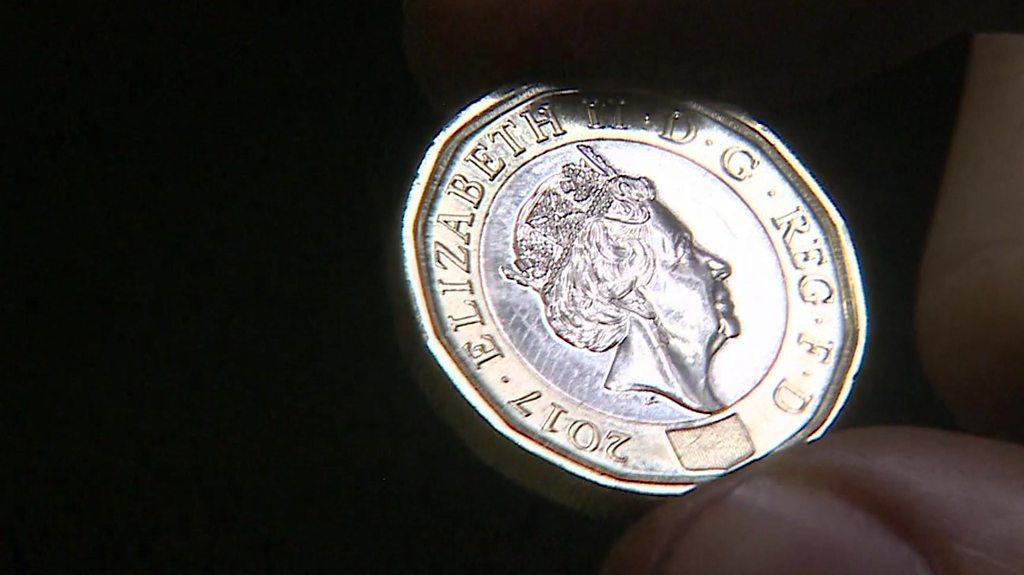Ten places to find your old £1 coins before shops refuse them
- Published

The round £1 coin will soon be gone, losing its status as legal tender. In practice, shops will start to refuse to accept these coins from 16 October.
They have been used alongside the new 12-sided £1 coin since March - a period called co-circulation.
Now, there is not long left to spend, bank, exchange or donate old pounds coins but, first, you have to find them.
The Treasury and Royal Mint estimate that around 500 million round pounds are still out there somewhere.
A brief history of decimal coins
Rounding them up
Those old, round £1 coins might be lurking somewhere around the house. Chris Bird, senior lecturer in psychology at the University of Sussex, says one way to find them is to visualise a situation when you had a handful of loose change.
"We can use our memory to imagine situations when we would use them and where we would leave them," he says.
"That is what the memory is for. We use our memory to make decisions in the now and in the future."
He says that a fairly recent discovery reveals that we use the same part of our brain to remember the past as we do to imagine ourselves in a certain situation.
So the same mechanism in the brain's memory system allows us not only to travel back, but also to consider the present or the future.
The other way to find those old coins, according to Mr Bird, is simply to check all of the places that you know are where you commonly keep change.
So here is a handy list of 10 places to look:
1. A wallet or purse
Sometimes the most obvious is the last place you look. Shops can give the round £1 coins as change until 16 October, so they could be popped into a wallet or purse in a rush.
The Royal Mint has been encouraging shops to bag the round pounds separately so, when they are banked, they are taken out of circulation.
2. Down the back of the sofa
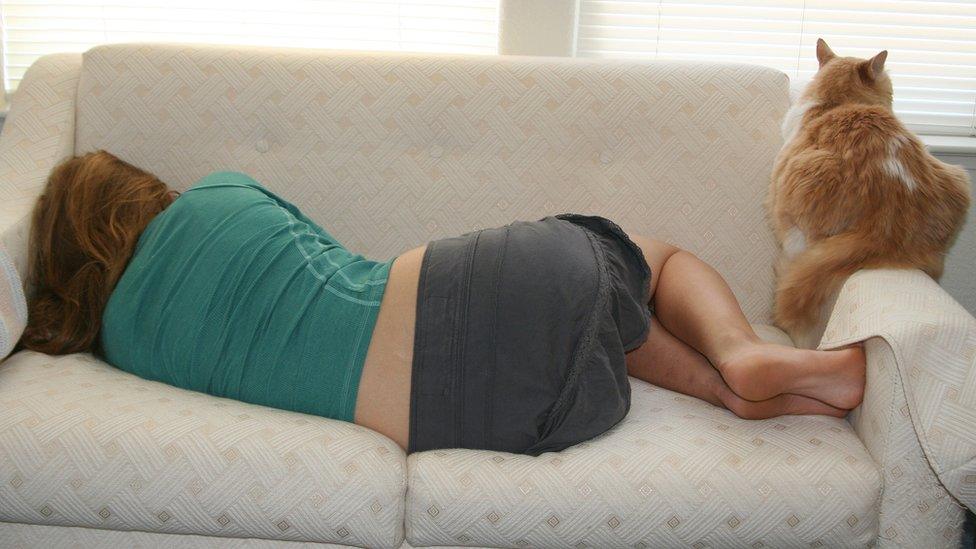
The most clichéd answer to the question of where to find loose change. Honestly, when was the last time you found coins down there? But when was the last time you looked?
It is probably worth checking in the next few days, along with armchairs, and beds. Even if you do not find any money, you may come across the remote control for the DVD player.
3. Supermarket bag for life
You have finished your Friday night big shop and you are about to carry your groceries to the bus or car, but first you lock up the supermarket trolley and your £1 coin pops out of the mechanism. Into the bag for life it goes. Perhaps it is still there? If the bag really is for life, then it might be sitting in the back of the cupboard under the stairs.
Most supermarket trolleys have now been altered to accept the new 12-sided £1 coin, but there was a delay at Tesco when the new coin was launched in March.
4. Big night out handbag
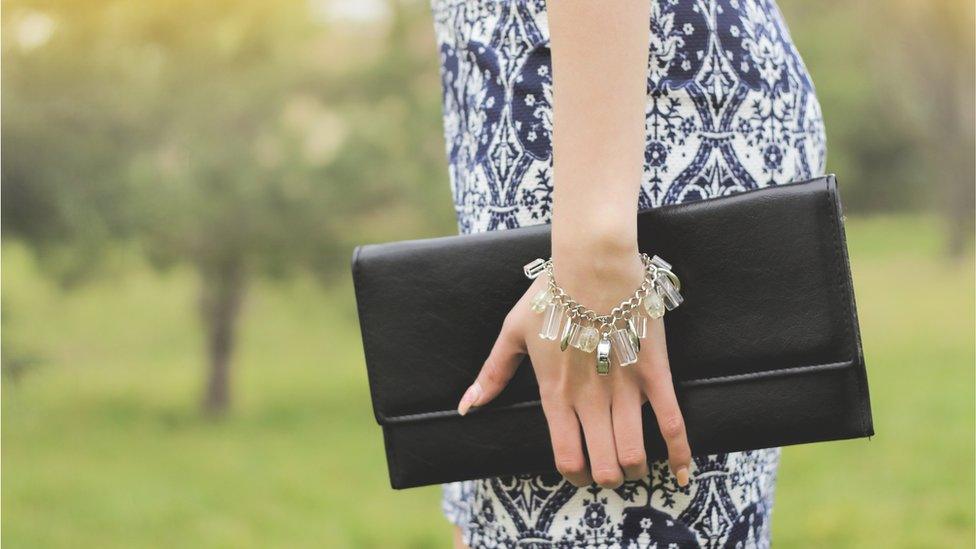
It is only used on special occasions, so it might be at the back of the wardrobe or hanging on a peg behind a few coats. The chances are that there is still a bit of cash in there, maybe some change from the bar or the taxi home.
If you go out a lot, you will have found the cash already. If you have young children, then the last big night was probably months ago.
5. Winter coat pocket
While you are still at the back of the wardrobe, why not check the pockets of your winter coats.
It is unlikely that they have been worn since the new 12-sided £1 coin entered circulation on 28 March, and they might not be worn again before 16 October.
The old £1 coins cannot be spent in the shops after that date, but they can continue to be deposited into an account at most High Street banks and the Post Office for the foreseeable future.
6. The top drawer
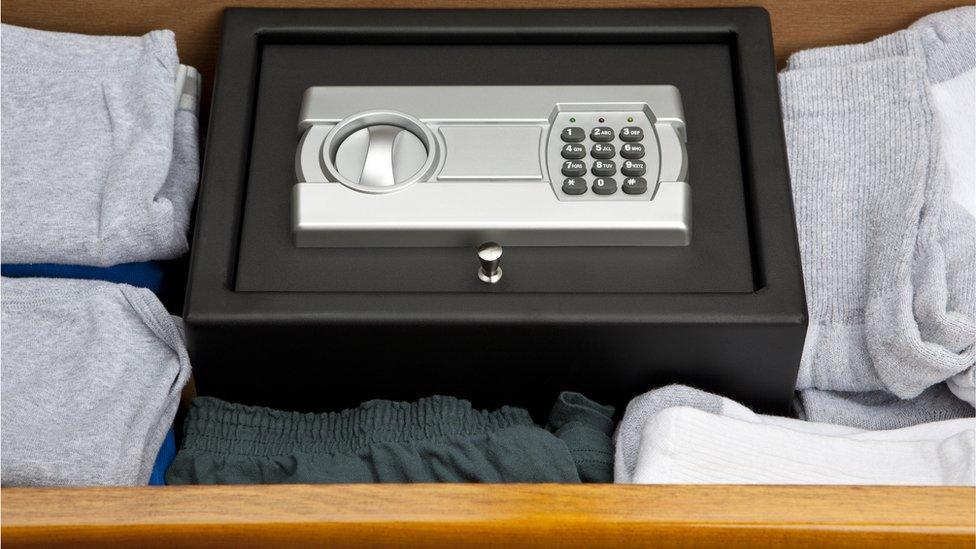
Any top drawer around the house seems a natural place to throw some loose change - even if it has socks in it.
It might also be the chance to declutter. Is the only reason that the top drawer is always overflowing while the bottom is fine simply because we are too lazy to bend down?
7. Children's piggy banks
Children's financial habits are formed by the age of seven, according to the government-backed Money Advice Service. So if your children are super savers, then there could be quite a few £1 coins in their piggy banks.
Junior savings accounts can generally be opened with as little as £1, to keep that savings habit going. It may be a chance for the youngsters to spend the fruits of their savings labours before there is a scene in the toy shop when the cashier refuses an old, lovingly saved £1 coin.
It is worth remembering too that tooth fairies should no longer use old, round £1 coins from 16 October.
8. A charity pot
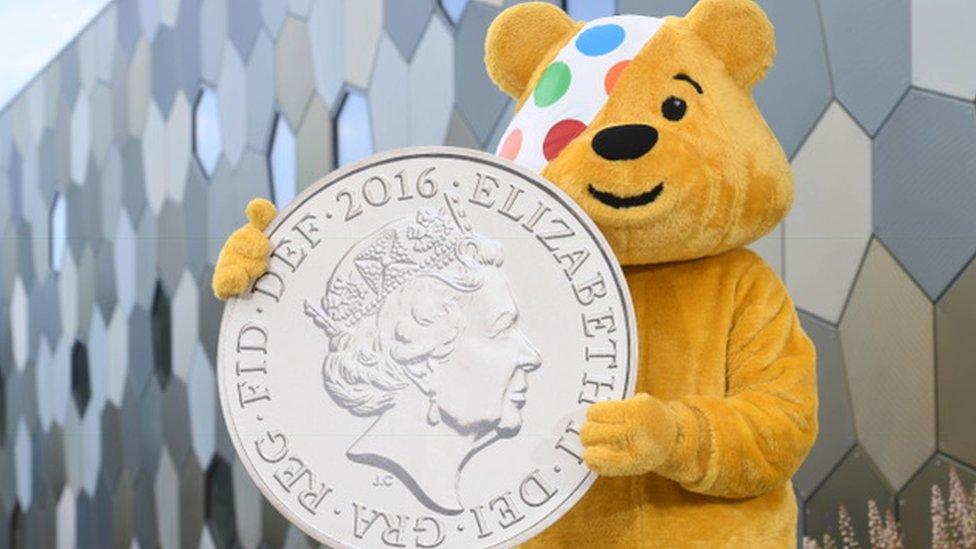
Many homes will have a charity pot of some kind, ranging from those big glass bottles to a cardboard shoe box.
The UK Treasury and the Royal Mint have joined forces with the BBC's Children in Need appeal to ask anyone who finds some old £1 coins to donate them to the charity.
"We are encouraging everyone who can, to promise their round pounds to Pudsey," says Andrew Jones, exchequer secretary to the Treasury.
9. Car glove compartment
There are probably many more coins in vehicle glove compartments than gloves.
A recent survey by the AA motoring organisation suggested drivers have been avoiding parking spots that require payment by phone as cash remained a more popular way to pay.
Many drivers keep coins in the glove compartment for parking fares, and in that little well by the gear stick that is designed to hold cups.
10. Gym kit bag

Attendance at the gym or sports centre may have waned a little since the subscription was bought with good intentions in the new year.
The gym bag may actually have been unopened throughout the summer. In which case, the £1 coins for the locker may be old round ones, rather than new 12-sided ones. Dig them out, pop them in the bank, and save them ready for January's subscription renewal, when the good intentions start all over again.

The new £1 coin: Vital statistics
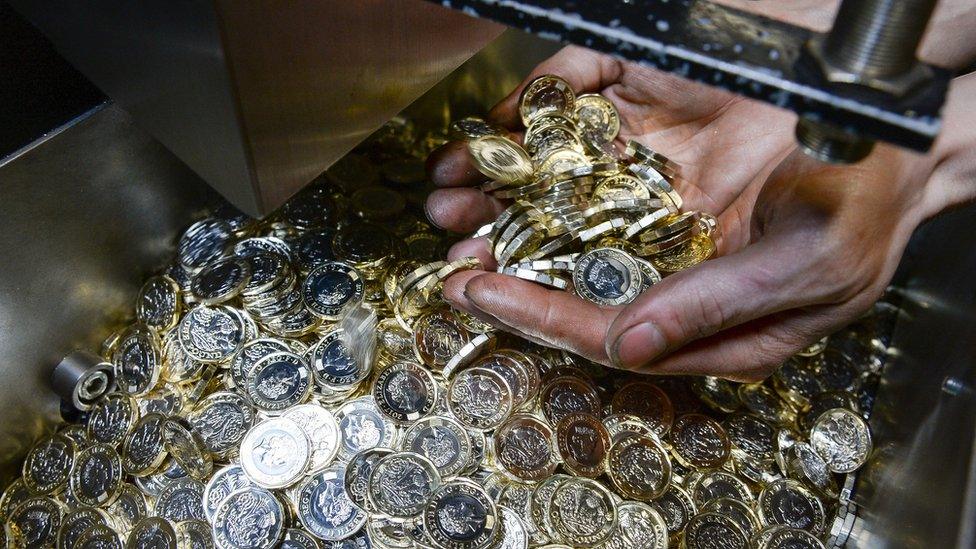
Thickness: 2.8mm - thinner than old coin
Weight: 8.75g - lighter than old coin
Diameter: 23.4mm - larger than old coin
Number to enter circulation: 1.5 billion - about 23 per person. Old £1 coins will be melted down to make new ones
Outer ring: gold-coloured, made from nickel-brass
Inner ring: silver-coloured, made from nickel-plated alloy
- Published27 March 2017
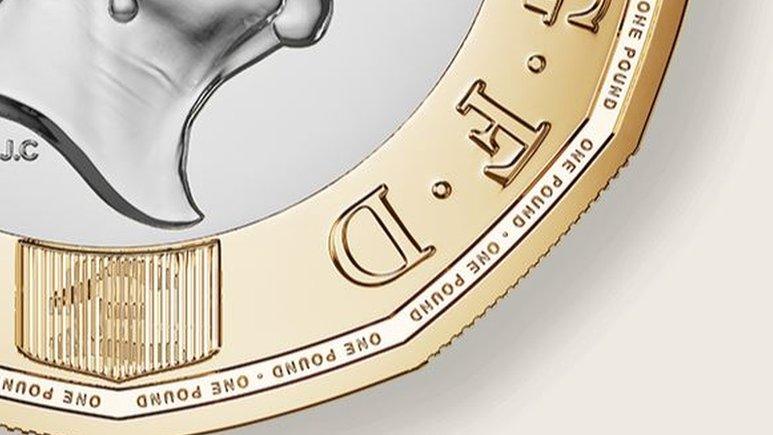
- Published26 March 2017
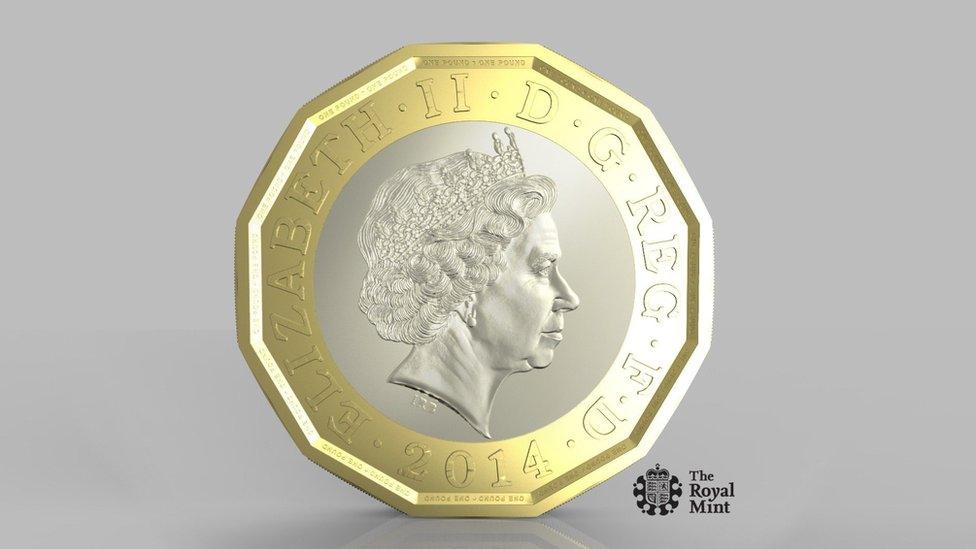
- Published23 February 2017
